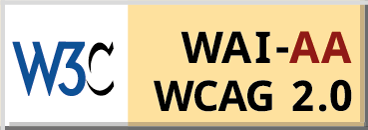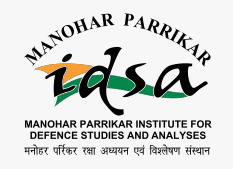The United Nations’ Evolution and India’s Role
Strategic Analysis, Volume 44, Issue 5 (2020)
Special Issue: UN@75 – Challenges Ahead
- David M. Malone
- September 2020
Strategic Analysis, Volume 44, Issue 5 (2020)
Special Issue: UN@75 – Challenges Ahead
Strategic Analysis, Volume 44, Issue 5 (2020)
Special Issue: UN@75 – Challenges Ahead
Strategic Analysis, Volume 44, Issue 5 (2020)
Special Issue: UN@75 – Challenges Ahead
The COVID-19 pandemic has exposed vulnerabilities of the international system, particularly those of multilateral institutions. When the much spoken borderless threat became a reality, the multilateral institutions were found not only unprepared but acting in a self-destructive mode.
We are passing through a decisive stage in the history of the international system. The threat of war between great states, or nuclear confrontation between major powers, is well behind us and, in fact, fading in our memory. However, new and diverse forms of threats, some clear and present, others only dimly perceived, are testing our resolve and questioning the validity of our existing mechanisms. Developments at the international level over the last two decades have exposed deep divisions within the membership of the United Nations (UN) over fundamental policies on peace and security.
India has demonstrated a bold commitment to multilateralism. On all three parameters – ideational, diplomatic and institutional – India’s role is a continuation of a long lineage. As for the implementation of SDGs, India is trying to ensure that its impressive growth trickles down to the last man standing through proactive state interventions.
The decade-long effort to list Azhar showcases the pragmatism that marks India's multilateral diplomacy and questions the general perception that India's multilateral approach is ambivalent and inconsistent.
It is neither the Wuhan spirit nor India’s zero tolerance on terrorism but China’s own vulnerability to terror that caused Beijing to ultimately take on board New Delhi’s concerns on terrorism.
What pales the counter-terrorism regime is not that its procedures are cumbersome or that its working is not transparent, but that it only selectively raises the cost for those who inflict terror.
For a global build-up of cybersecurity, capacity building needs to be given much more importance than it has received till date.



